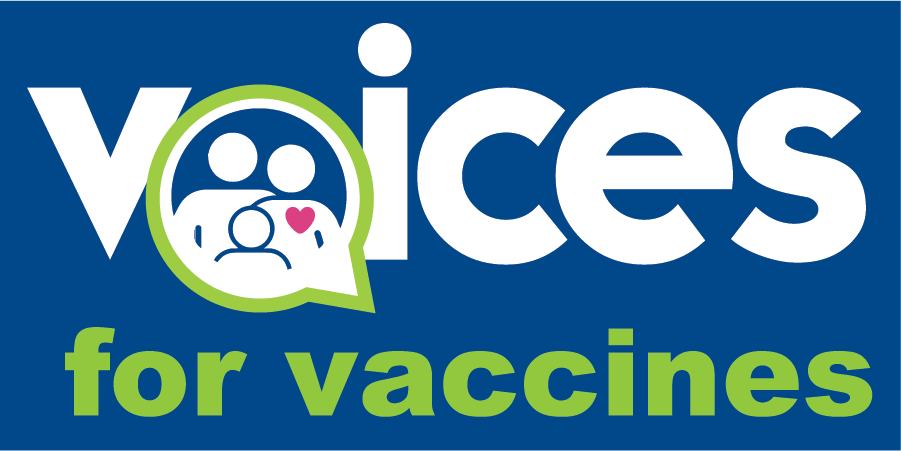The Claim:
An old video circulating again features Candace Owens claiming that the HPV vaccine caused a seizure in her, that it doesn’t actually reduce cervical cancer, and that most HPV infections go away on their own without causing serious health problems.
The Facts:
We don’t know what Candace Owens experienced with her vaccine, but syncope (fainting) and convulsive syncope (fainting with muscle jerking) can happen after receiving a vaccine. This study shows syncope happens in about 7.8 of 100,000 doses given and 2.6 per 100,000 for convulsive syncope. It usually happens, not after HPV vaccination specifically, but after a painful stimulus or stress, which any vaccine or other injury can trigger.
While convulsive syncope can be alarming, its causes are the same as regular fainting, it is easy to treat, and it is unrelated to seizure disorders.
Owens’ claim that the HPV vaccine has not reduced cervical and other cancer rates is false, however. Multiple large-scale studies and real-world data show that cervical cancer rates have dropped significantly in vaccinated populations, including a Swedish study of 1.7 million women which found that those vaccinated before age 17 had a nearly 90% lower risk of developing cervical cancer compared to those who were not vaccinated.
The claim that HPV infections usually clear on their own is partially true but misleading because it ignores the fact that some infections persist and cause cancer. The HPV vaccine is designed to prevent those dangerous, persistent infections. Yes, most HPV infections (about 90%) go away within 1-2 years without causing harm, but in 5-10% of cases, the virus does not clear and can lead to cervical, anal, throat, and other cancers. There’s no way to know which individuals will clear HPV naturally and who will develop cancer years later.


